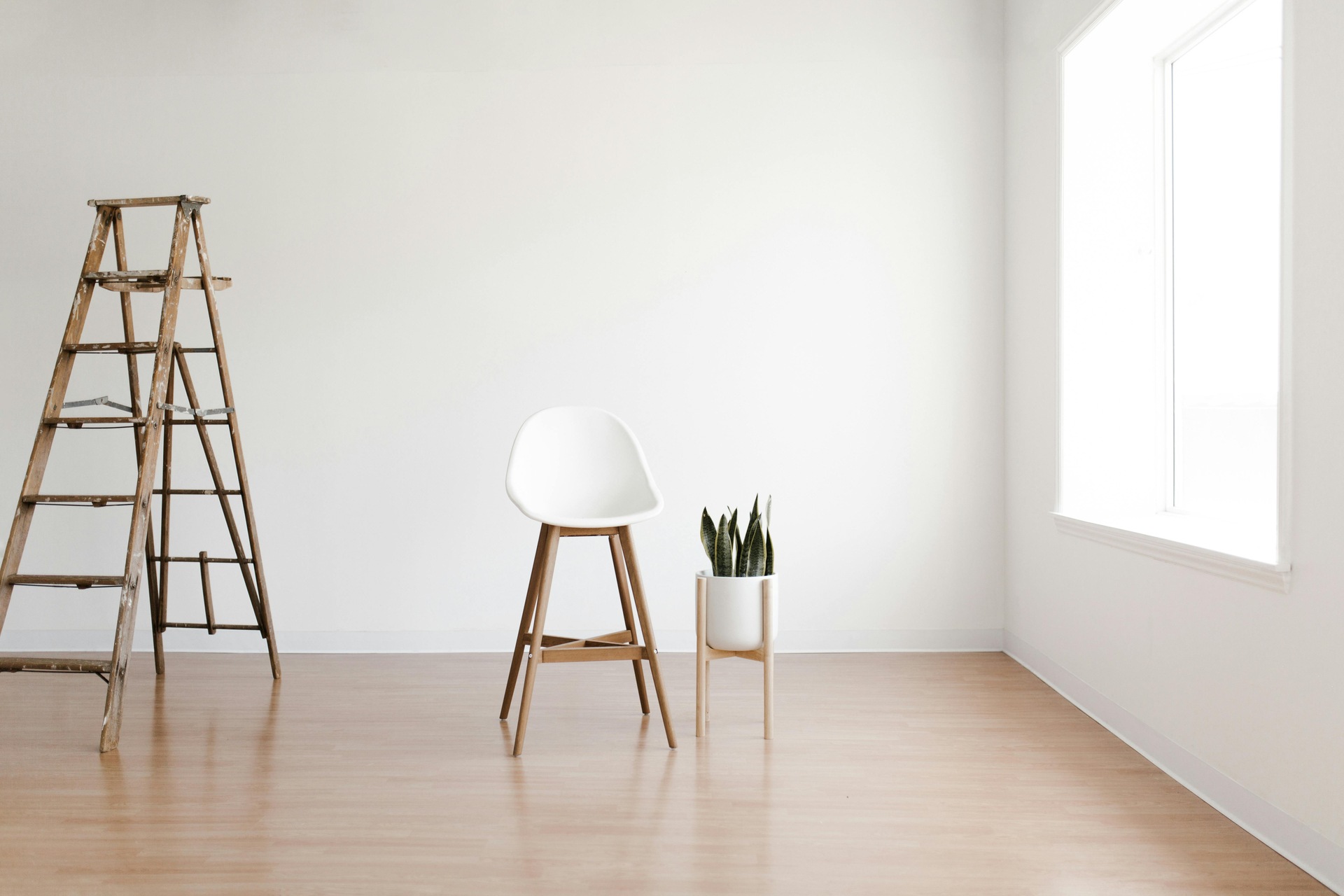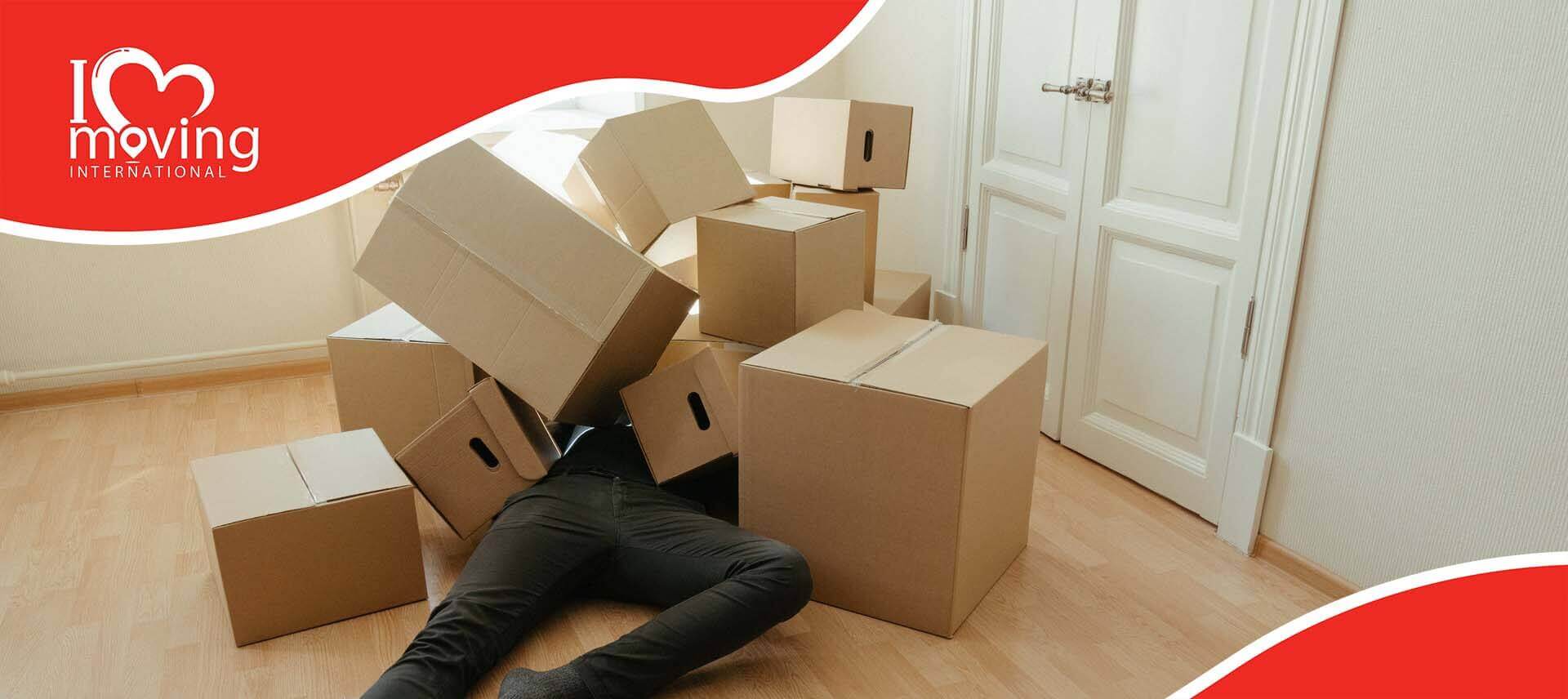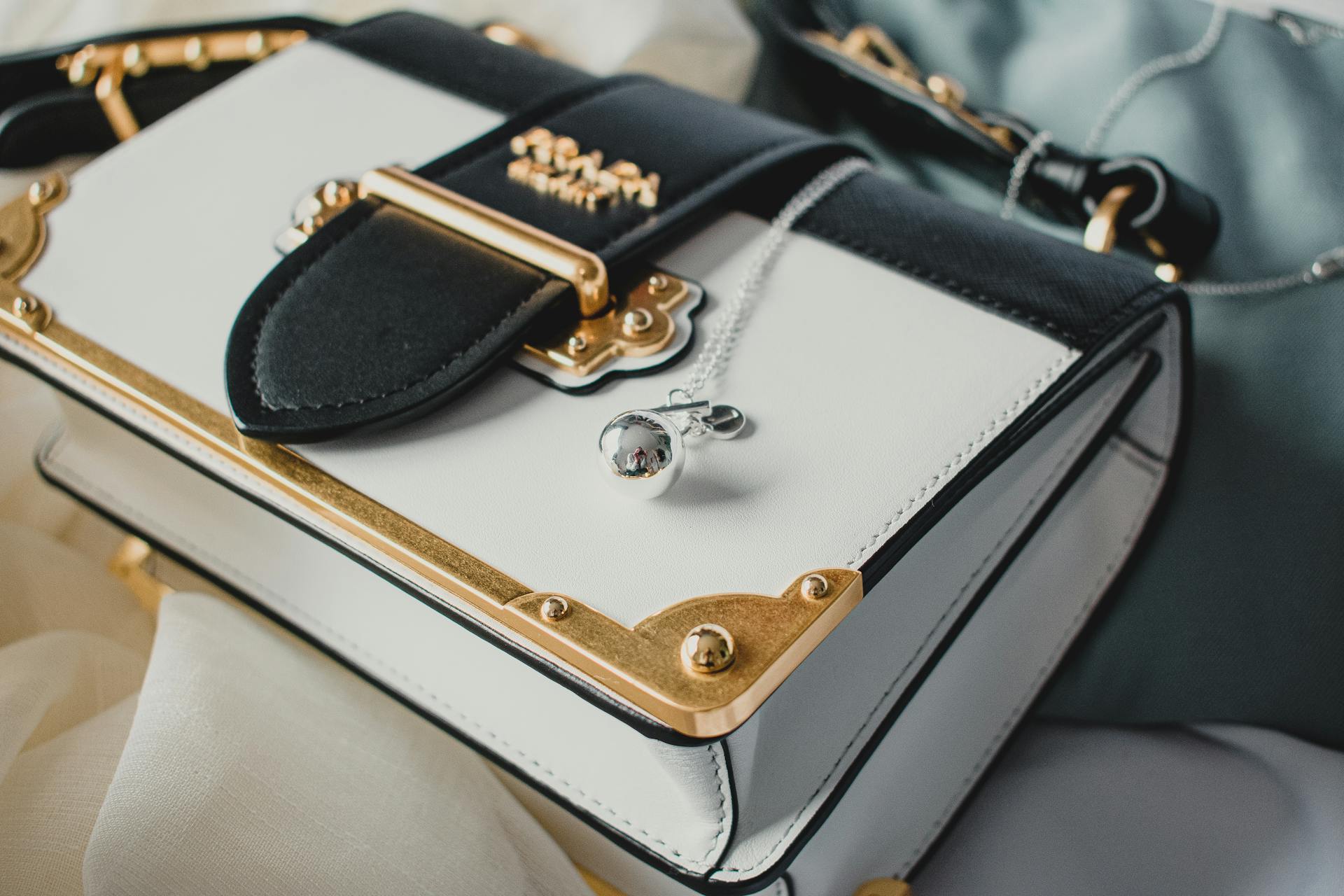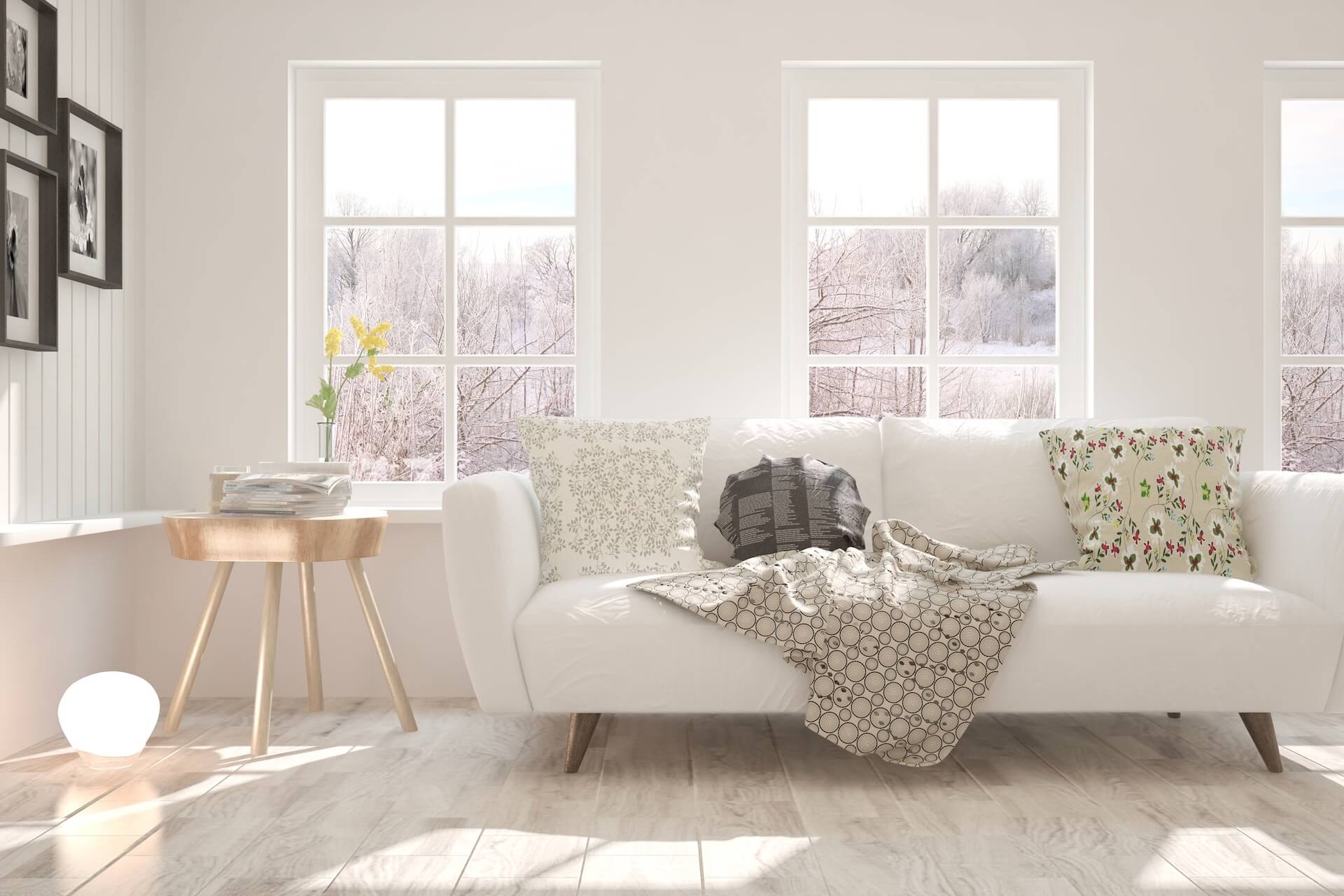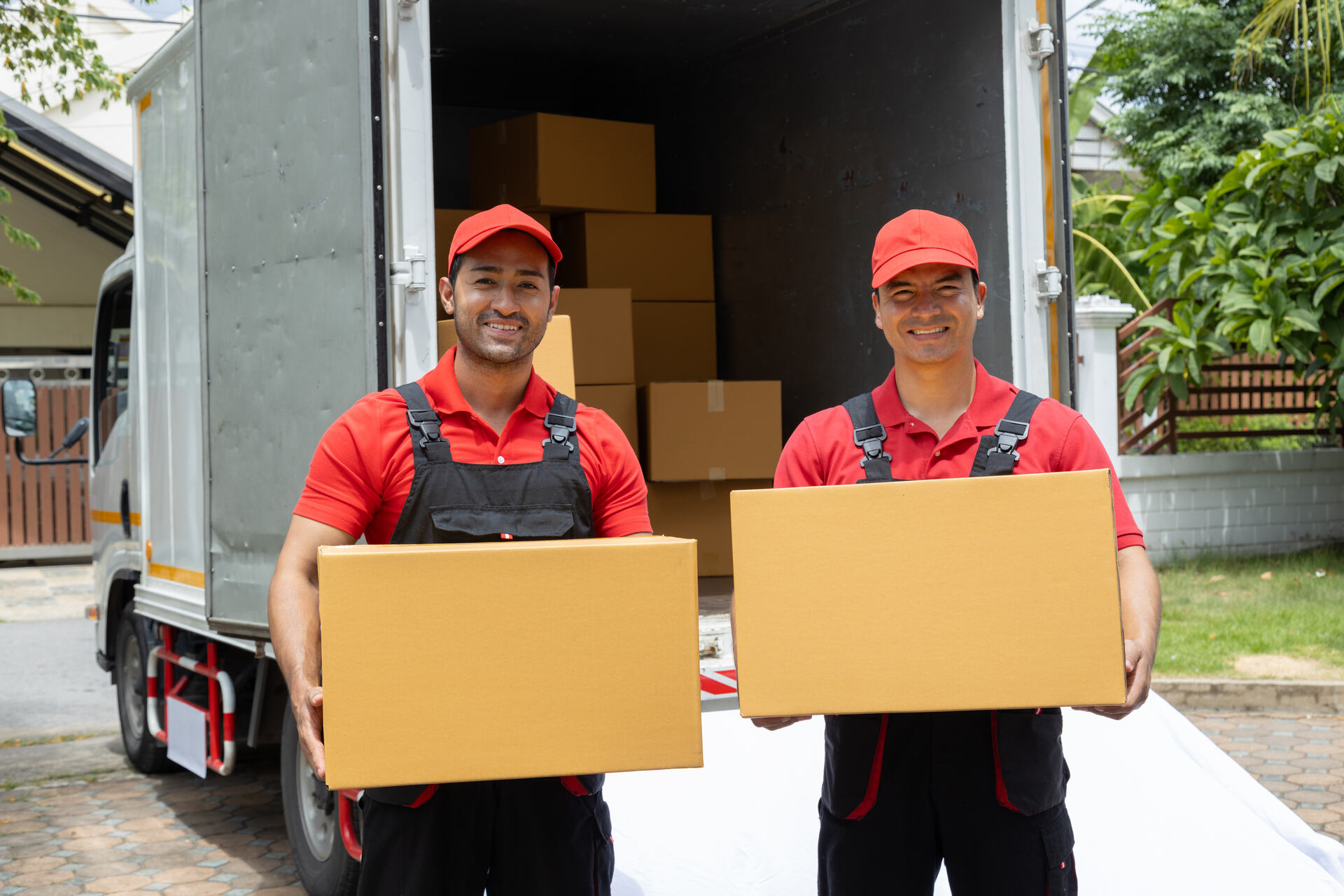When relocating across borders, your mind may be bustling with the logistics of visas, packing, and transportation. However, there’s one crucial aspect that often gets overlooked amidst the chaos – how to protect floors when moving overseas.
How to Protect Floors When Moving
To protect floors effectively during an international relocation, start by clearing pathways and covering them with durable materials like corrugated cardboard, felt pads, or specialty floor protectors. Ensure heavy furniture is equipped with sliders to prevent scratches and dents, and use sealing plastic covers to guard against moisture and spills. Regularly inspect the protection setup throughout the moving process to address any areas that become exposed or inadequately covered.
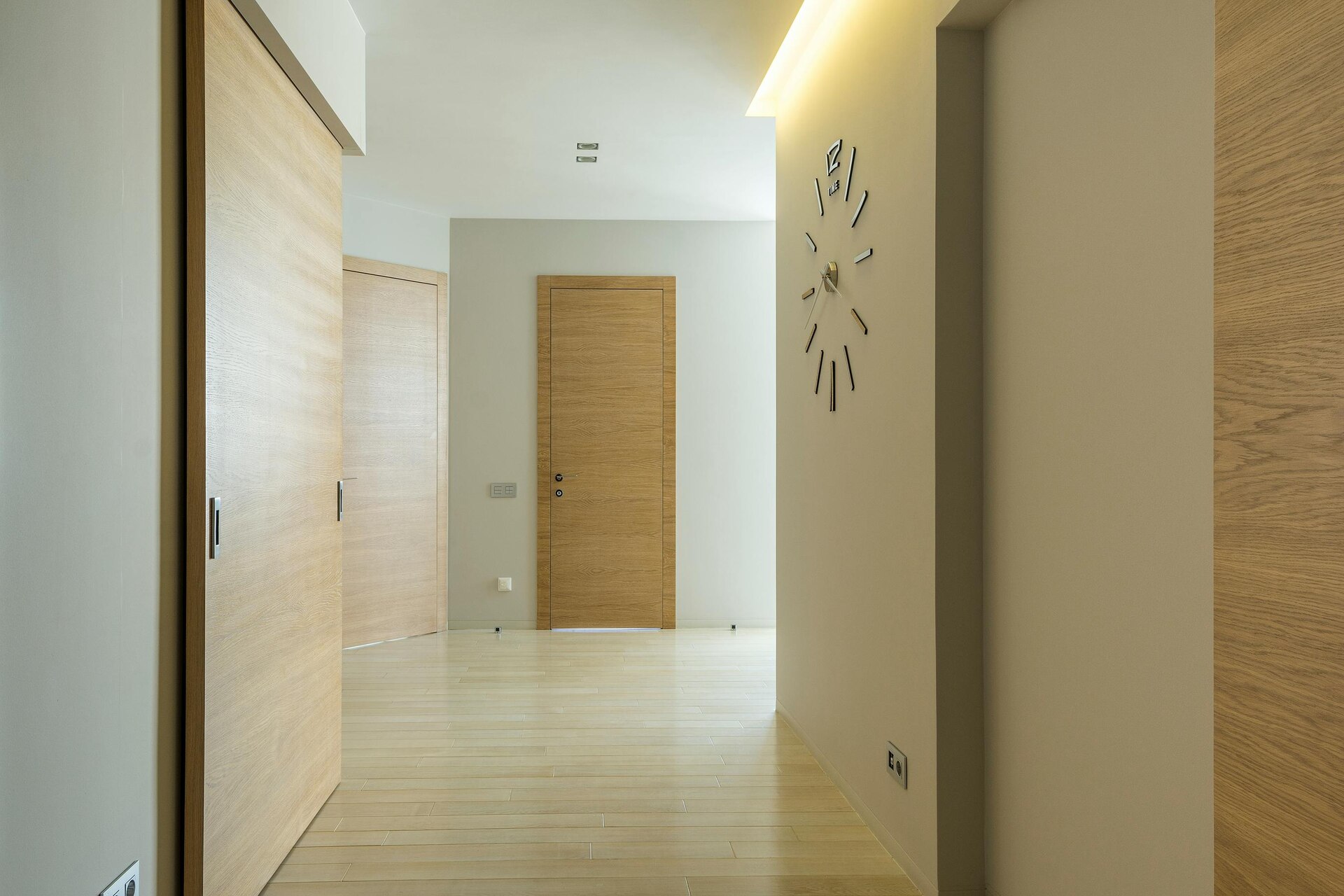
Understanding the Risks to Floors During a Move
Navigating through the process of moving abroad involves lots of considerations, and among them, protecting floors during a move often gets sidelined. But why is it important to know how to protect wood floors when moving? The damage that can occur to flooring during such transitions can be quite costly to repair.
Types of Damage Floors Can Suffer
Floors are susceptible to a variety of damage during the packing process and loading. Scratches are the most frequent visitor, with heavy furniture and constant foot traffic acting as the primary culprits. Dents from dropping items are another common issue, especially when handling bulky items like pianos or large pieces of art, so it’s important to know how to move appliances without scratching the floor.
Additionally, moisture from inclement weather or spillage during the transport process can lead to stains or warping. According to Ruby Home, restoring flooring after water damage might cost anywhere from around $1,300 to almost $6,000. And since you’ve already prepared a relocation budget to cover the international moving services, you should save on costs and avoid paying for unnecessary repairs.
Which Floor Types Are Most Vulnerable?
Not all flooring materials face the same risk levels when it comes to international relocations.
Hardwood floors, with their pristine finish and soft nature, top the list of vulnerability.
If you don’t protect hardwood floors during a move, they will suffer mainly from scratches and dents. Tiles, while resistant to moisture, can crack under the pressure of heavy loads if not properly protected.
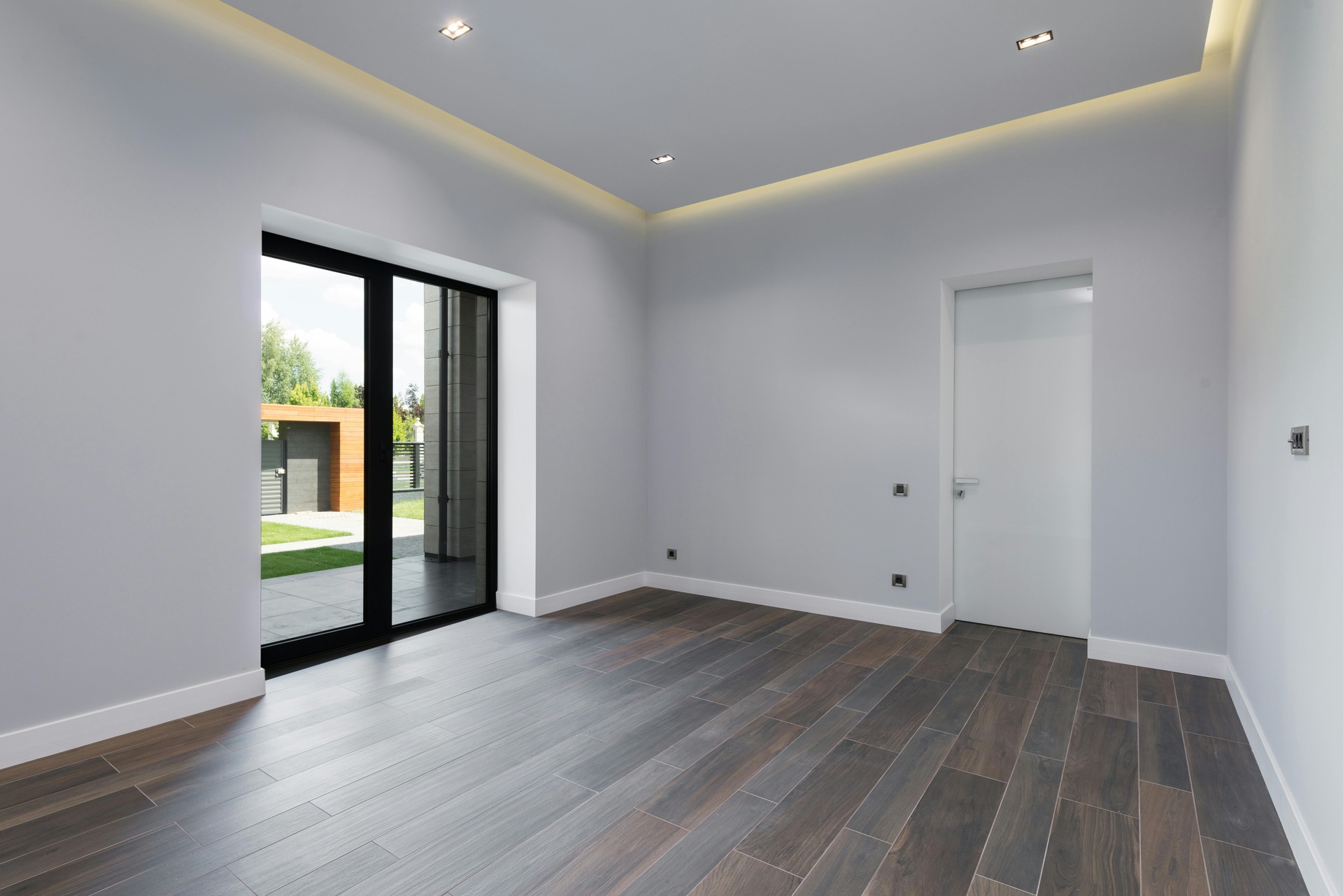
Essential Materials and Tools for Floor Protection
Ensuring that flooring remains unscathed as an overseas shipping company such as I Love International Moving packs and loads everything means having the best floor protection materials and tools at hand. From felt pads to plastic covers, the choices are varied, and each comes with its own set of advantages.
Moving Floor Protection Products – Pros and Cons
The market offers an array of temporary floor protection solutions, each suited for different types of flooring.
| Material | Best For | Pros | Cons |
|---|---|---|---|
| Felt pads | Wooden floors | Prevents scratches, allows smooth movement | Limited use on other types of flooring |
| Plastic covers | General protection | Waterproof, protects against spills | Slippery, increased risk of falls |
| Corrugated cardboard | General use | Good cushioning, easy to handle | Less durable than other materials |
DIY Solutions vs. Professional Materials
While professional floor protection materials are specifically designed for high efficiency and safety, DIY solutions can be both cost-effective and surprisingly efficient. Old blankets and rugs can be repurposed to cover and protect flooring surfaces. These homemade solutions are particularly useful for short-term protection and minor tasks. On the other hand, professional materials, although more costly, are designed to offer better durability and safety, ensuring floors remain pristine even when facing the rigors of international transit.

Preparing Your Home for the Move
As the day to move overseas approaches, getting one’s home ready is a crucial step that can greatly reduce last-minute rushes and unnecessary stress. This preparation involves more than just packing many boxes – it’s about ensuring that the house itself, especially the walking surfaces, remains undamaged during the heavy lifting and shifting that is bound to happen.
Steps to Take Before Moving Day
As the international relocation day draws near, preparing the home effectively can alleviate a lot of stress. Here’s a thorough checklist to help ensure everything goes smoothly:
- Make sure all walkways inside the home are free of obstacles. This not only makes it easier to move items but also reduces the risk of damage to both belongings and the home structure.
- Conduct a detailed cleaning to remove any dirt and debris. Clean surfaces can prevent these particles from causing abrasions during the handling and loading of boxes.
- Take photos or videos of your home’s current condition. This documentation can be invaluable for security deposit returns or in situations where you need to verify property conditions.
By taking these proactive steps before the big day, you can set the stage for a smoother transition, ensuring your home remains in good condition throughout the process.
How to Securely Install Floor Protectors
How to cover floors for moving? Start by choosing the right type of protection for each area – felt pads for areas with heavy furniture, corrugated cardboard for high-traffic zones, and plastic covers for spots prone to spills. Ensure that these materials are cut to size, covering each area completely without leaving gaps.
Tape down the edges of protective materials like plastic and cardboard to prevent them from shifting or bunching up, using a tape that won’t leave a residue or damage the surface beneath. These are different floor protection techniques, but they will all work together to preserve floors.

Techniques for Protecting Floors on Moving Day
When the big day to move across the world arrives, safeguarding the walkways throughout the home is a top priority. Here are some methods to ensure everything goes smoothly without causing damage to walk surfaces. If you prepare the right way, the overseas moving company team can provide their packing services without any worries.
For high-traffic areas, which are most susceptible to damage, laying down heavy-duty floor runners or thick corrugated cardboard is crucial. These materials can withstand significant foot traffic and help preserve the underlying walk surfaces. Additionally, establishing a designated path for everyone to follow can help minimize the spread of dirt and maintain the condition of areas that aren’t covered.
Preventing floor damage while moving heavy furniture requires careful planning and the right equipment. Furniture sliders are a great choice as they allow heavy items to glide over surfaces, drastically reducing the risk of scratches and gouges. Lifting straps are also beneficial as they help redistribute the weight of bulky items, making them easier to maneuver through tight spaces without dragging them across the floor.
Setting up temporary pathways effectively manages traffic flow and protects surfaces on the moving day. The choice of material, such as plastic film, felt sheets, or plywood, depends on the type of surface protection needed. It’s important to secure these materials properly with tape to avoid shifting and potential tripping hazards. After everything has been moved out, these temporary pathways should be carefully removed to avoid any remaining debris from scratching or damaging the walk surfaces.
Special Considerations for Different Floor Types
When preparing for international transit, safeguarding walking surfaces is crucial to avoid potential water damage, which can vary significantly in severity and cost. Here’s a quick look at possible restoration costs based on the extent of damage:
- Class 1 – Minor damage with costs ranging from $150 to $400.
- Class 2 – More extensive damage, costing between $500 and $1,000.
- Class 3 – Significant water absorption, with restoration costs from $1,000 to $3,000.
- Class 4 – Severe saturation requiring specialized restoration methods, costing between $20,000 and $100,000.
Although you’ll never experience the likes of more severe classes of damage since they are caused by leaking pipes and flooding, it’s something to keep in mind.
Hardwood Floors – Special Precautions
Hardwood demands particular care due to its susceptibility to scratches and dents, while the international moving company team does its thing. Using felt pads or furniture sliders can make a significant difference in preserving its pristine appearance. Moreover, laying down protective sheets of thick paper or specialized hardwood protectors before heavy activity begins can provide an additional layer of security. Remember, even small particles like gravel or sand can act like sandpaper underfoot, so keeping these surfaces clean is crucial.
Carpet Protection Strategies
Carpets can trap dirt and absorb moisture, which may lead to stains or mold if not properly managed. Using self-adhesive carpet films during packing and loading can shield these plush surfaces from dirt and spills. These films are particularly designed for temporary use, and they offer a non-slip surface that ensures safety while shielding the fibers from potential damage.
Tile and Laminate Floors – Avoiding Cracks and Scratches
Tile and laminate are durable but not immune to the hazards of heavy transit activities. To prevent cracks and scratches, it’s advisable to use corrugated cardboard or hardboard panels. These materials distribute the weight of heavy objects more evenly, reducing the risk of point pressure that can crack tiles.

Coordination and Communication With the Moving Team
When it comes to international relocation, seamless coordination and clear communication with the moving team are key to protecting walk surfaces and ensuring everything goes smoothly. It’s like choreographing a dance, where everyone needs to know their steps to avoid stepping on each other’s toes – or, in this case, the walk surfaces!
How to Work Effectively With Movers for Floor Protection
Brief the team on which areas are designated as high traffic and require extra care. Supply them with the necessary materials, like felt pads and floor runners, and instruct on how to use them efficiently. Ensuring everyone is on the same page minimizes the risk of oversight and maximizes surface protection.
Common Mistakes to Avoid
One frequent misstep is underestimating the amount of protective material needed. Always have more on hand than estimated. Another common error is failing to secure protective coverings, which can lead to slippage and potential injury.
Checking for Damage During and After the Move
Periodically inspect the condition of walk surfaces during the packing and loading process. This proactive approach allows for immediate adjustments if areas are inadequately protected. Once everything is unloaded, a thorough final check should be conducted to assess any potential damage and address it promptly.

After the Move – Assessing and Addressing Floor Damage
Once all items are relocated internationally, assessing any harm to walk surfaces is a crucial next step to ensure they remain in top condition. After all, repairs are something you simply won’t have time for, so it’s better to be safe than sorry.
How to Inspect Floors Post-Move
Start with a detailed walkthrough of the main pathways and heavily trafficked areas. Look for any signs of wear or damage that might have occurred during the transit process. Use a flashlight to highlight any scratches or dents that aren’t immediately visible to the naked eye.
DIY Fixes for Minor Scratches and Dents
For small scratches, a bit of matching wood stain or a DIY filling solution using everyday ingredients like olive oil and vinegar can do wonders. Minor dents in wooden surfaces can often be treated with a wet cloth and iron to swell the wood back to its original shape.
When to Call a Professional for Repairs
If the damage is extensive or if it’s on a material that’s difficult to repair like tile or high-end laminate, it’s wise to call in a professional. They’ll have the right tools and expertise to restore the walk surfaces efficiently, ensuring everything looks as good as new after the international relocation.
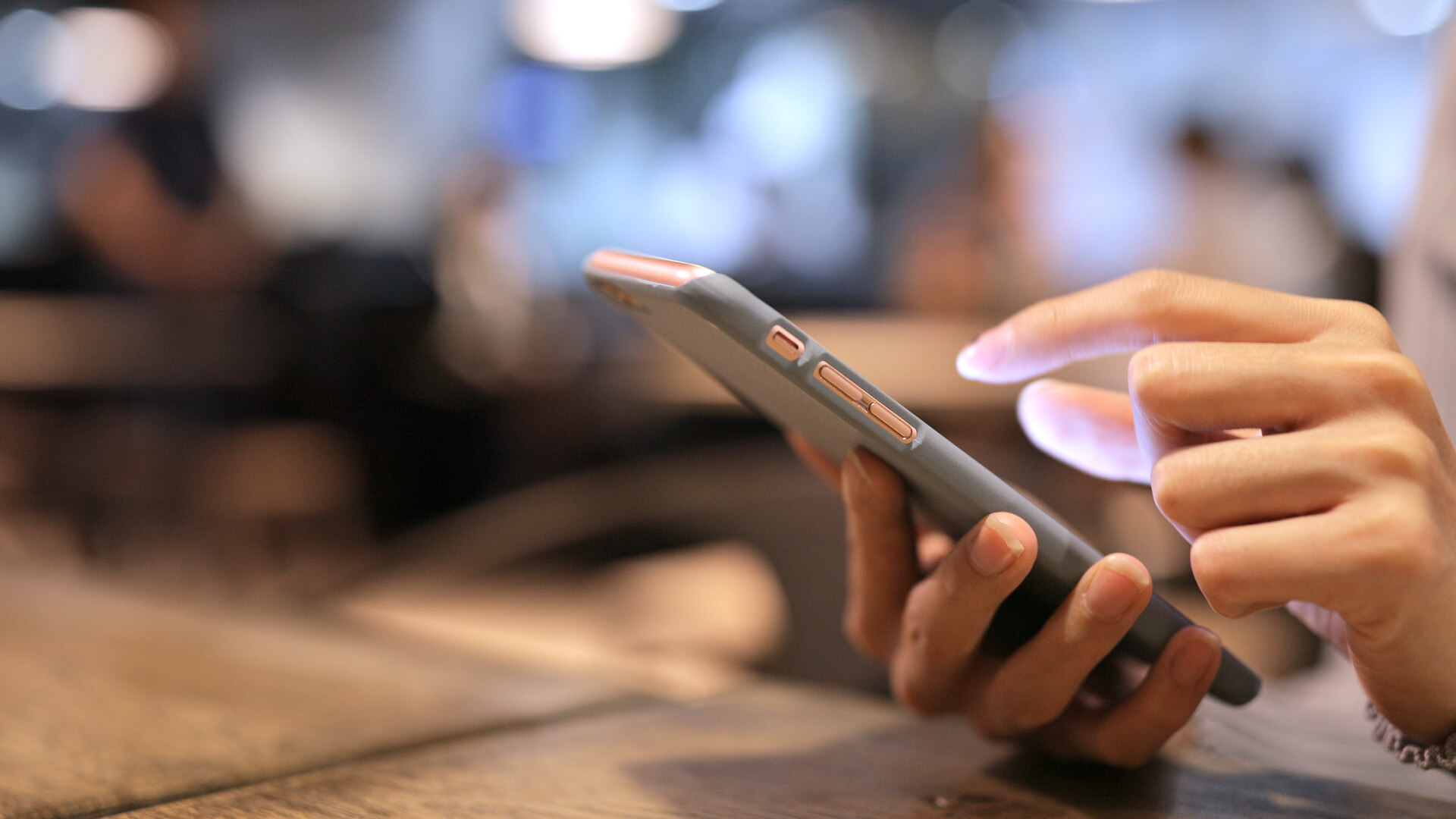
Floor Protection During International Relocation With I Love International Moving
Selecting the right materials like felt pads, plastic covers, and corrugated cardboard is important, and so is laying out temporary pathways and using proper techniques to handle heavy furniture. Each step plays a vital role in safeguarding the precious flooring.
Engaging professional movers like I Love International Moving can significantly enhance the protection of walk surfaces. Our team brings expert shipping overseas techniques. We also possess high-quality materials that ensure thorough coverage and care, reducing the risk of damage during transit. We are skilled in handling and maneuvering bulky items to maintain the pristine condition of all types of surfaces. Contact us, I Love International Moving, today to make sure that every aspect of the relocation is managed with precision.

